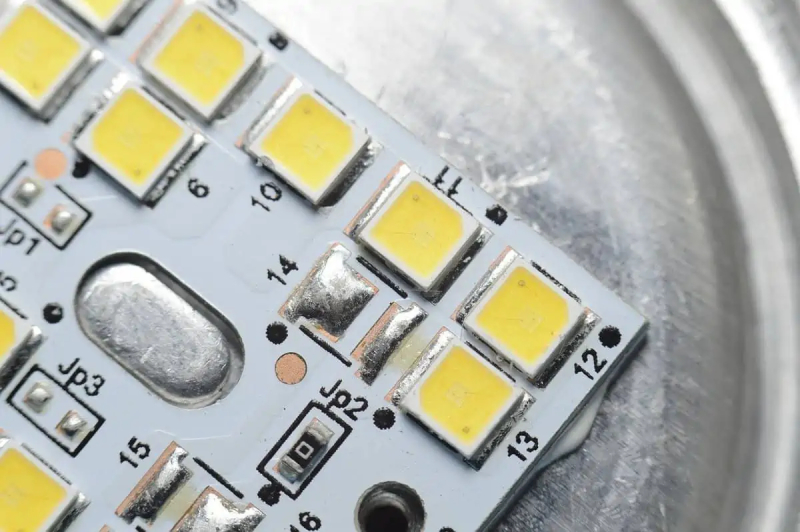Parameters of SMD LED
Surface Mount Light Emitting Diode (SMD LED), as a semiconductor based optoelectronic device, its parameters determine its performance characteristics and applications in various fields. The following is a detailed introduction to the parameters of SMD LED, allowing us to gain a deeper understanding of the advantages and potential of this technology.
- Luminescent color: SMD LEDs can emit light of different colors, such as red, green, blue, yellow, etc., depending on the semiconductor material and the principle of luminescence. LEDs of different colors have unique uses in different applications, such as lighting, display, and indication.
- Wavelength: Wavelength refers to the frequency of light emitted by an LED, usually measured in nanometers (nm). LEDs of different colors have different wavelength ranges, which directly affect the color and application of LEDs.
- Brightness: Brightness is the intensity of light emitted by an LED, usually measured in lumens (lm). The brightness of LED directly affects its application effect in lighting, display and other fields.
- Working current: The working current of an LED refers to the current value required for normal LED operation, usually measured in milliamperes (mA). Appropriate working current can ensure the normal emission and lifespan of LEDs.
- Driving voltage: The driving voltage is the voltage value required for the normal operation of the LED, usually measured in volts (V). LEDs of different colors and types have different driving voltage requirements.
- Angle: The luminous angle refers to the range of light emitted by an LED, which can be narrow or wide. LEDs from different angles are suitable for different lighting and projection needs.
- Response time: The response time is the time required for an LED to transition from a off state to a stable light emission. Fast response time is crucial in applications that require frequent switching.
- Lifetime: The lifespan of an LED is usually measured in hours (h), which represents the amount of time the LED can continue to emit light under normal operating conditions. A longer lifespan helps reduce replacement and maintenance costs.
- Temperature characteristics: The performance of LED is affected by temperature changes. Understanding the operating characteristics of LEDs at different temperatures can help design more stable application systems.
- Packaging size: The size of SMDLEDs is very compact, usually measured in millimeters, which allows them to be easily integrated into various devices.
By delving deeper into these parameters, we can better understand the characteristics and performance of SMD light-emitting diodes. SMD LED has been widely used in lighting, display, indication, backlighting, communication and other fields due to its high efficiency, compactness, and reliability. In the continuous technological progress, SMD LEDs will continue to innovate, bringing more possibilities and development opportunities to various fields.













